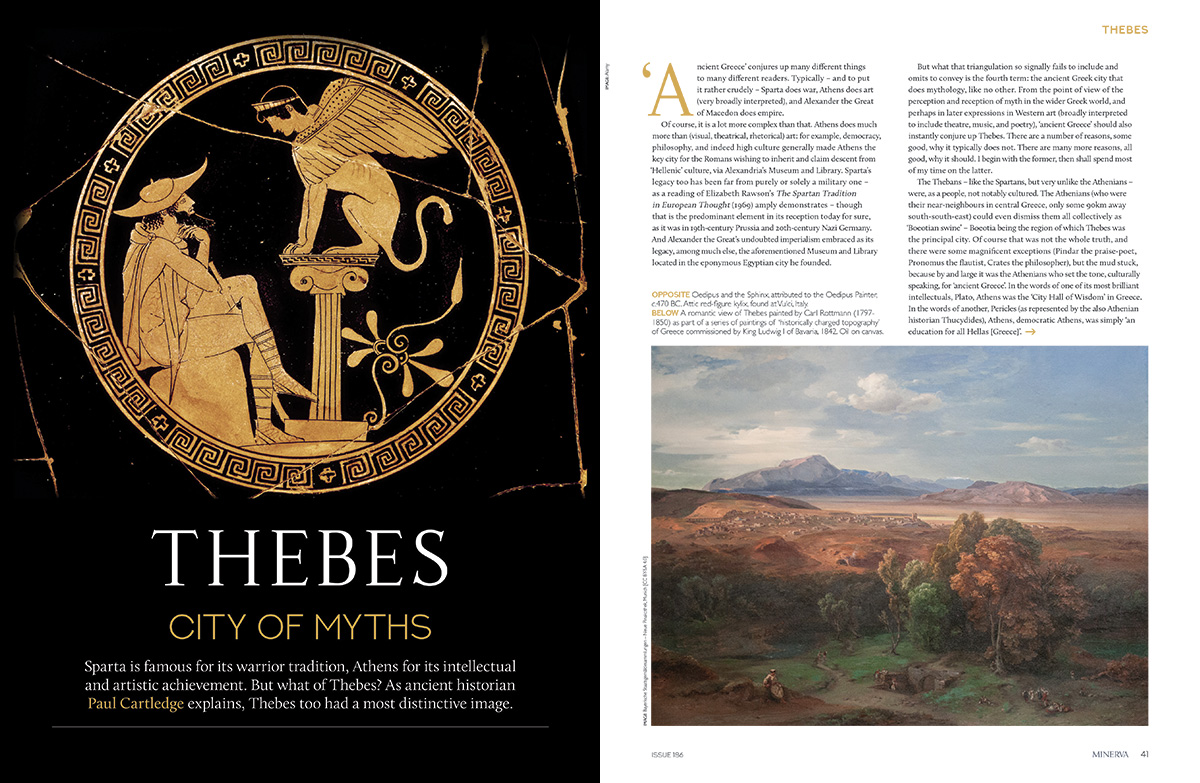Facing the threat of Alaric and the Goths, Emperor Honorius moved his capital from Milan to Ravenna in AD 402. This decision launched a new chapter in the history of this small Italian city, paving its way to becoming an unparalleled centre of early Christian art. In the centuries that followed, bishops and royal patrons commissioned new buildings, among them spectacular churches covered in glittering mosaics. For our cover feature, Judith Herrin explores the history of a city whose achievements show that these centuries were not so much a declining ‘late Roman’ period, but the beginnings of something new.
As some of Ravenna’s monuments were being built, a new philosophy emerged in India: Tantra. The name comes from instructional texts, tantras, that detail rituals for invoking deities through visualisations, yoga, consuming intoxicants, smearing the body with human ashes, and sexual activity. It is for this last aspect that Tantra is most widely known today, but a new exhibition, which weaves together philosophy, feminism, and popular culture, delves into the other side of this cult of action, as Lindsay Fulcher reports. Read the article here.
In China, we have evidence of rituals at the Neolithic sites of the Liangzhu culture in the form of beautiful jade objects: bi and cong. The round bi and the more angular cong seem to embrace the notion that the earth is square and the heavens are round, one of the key concepts of ancient Chinese cosmology. Dalu Jones previews an an exhibition in Geneva that charts a millennia-long fascination with the skies.
The all-too-often overlooked ancient Greek city of Thebes has something of a PR problem. Athenians who set the cultural tone for Greece wrote of Theban horrors in their tragedies. Alexander the Great decimated the city. Paul Cartledge reveals its rich mythic history, and reminds us that, when we think of Greece, we should not just think of the arts of Athens, or the warcraft of Sparta, but also the myths of Thebes.
The origins of the Aztec capital Tenochtitlan, now Mexico City, are seeped in myth too. An eagle on a prickly pear cactus showed the wandering Aztecs, guided by a god, where to settle their mighty city. That city thrived for about two centuries, with luxury goods flowing in as tribute from across the empire, until the arrival of the Spanish conquistadores. For our final feature, we take a look at a touring exhibition that draws together art and archaeology from the lost Aztec world.







